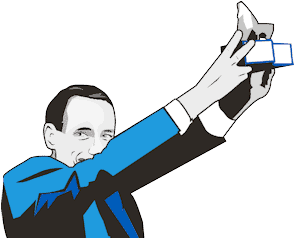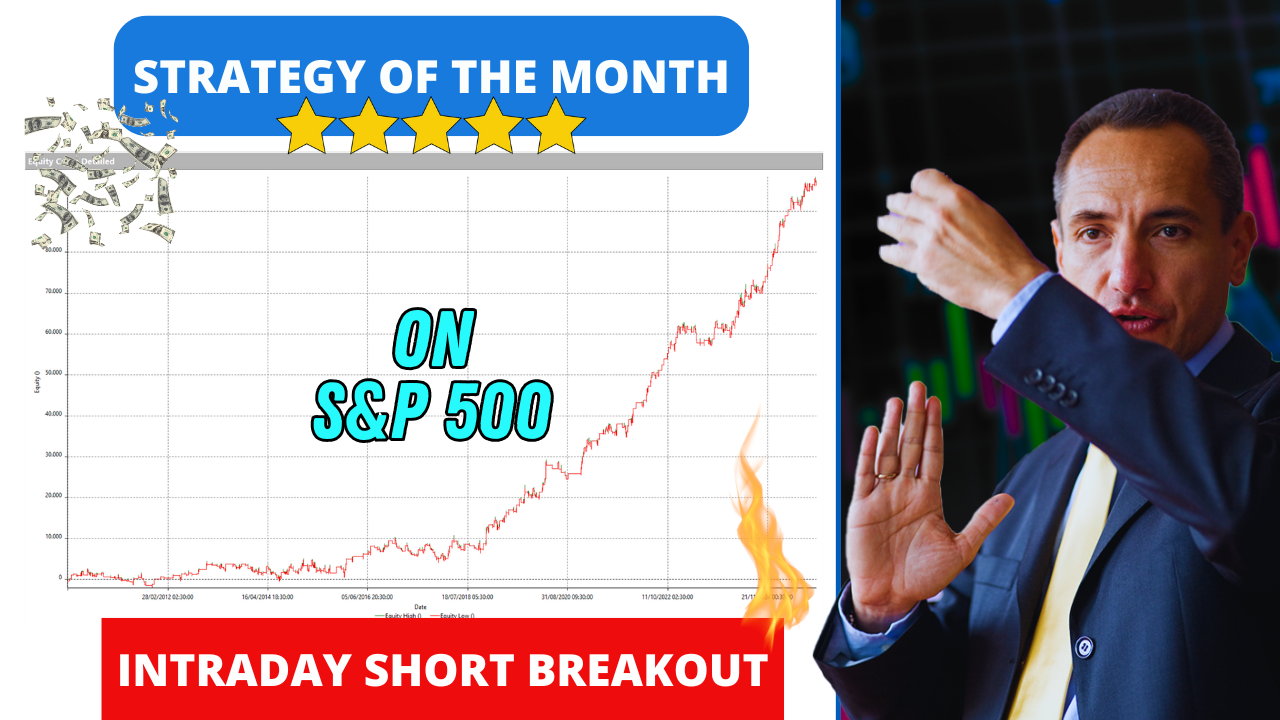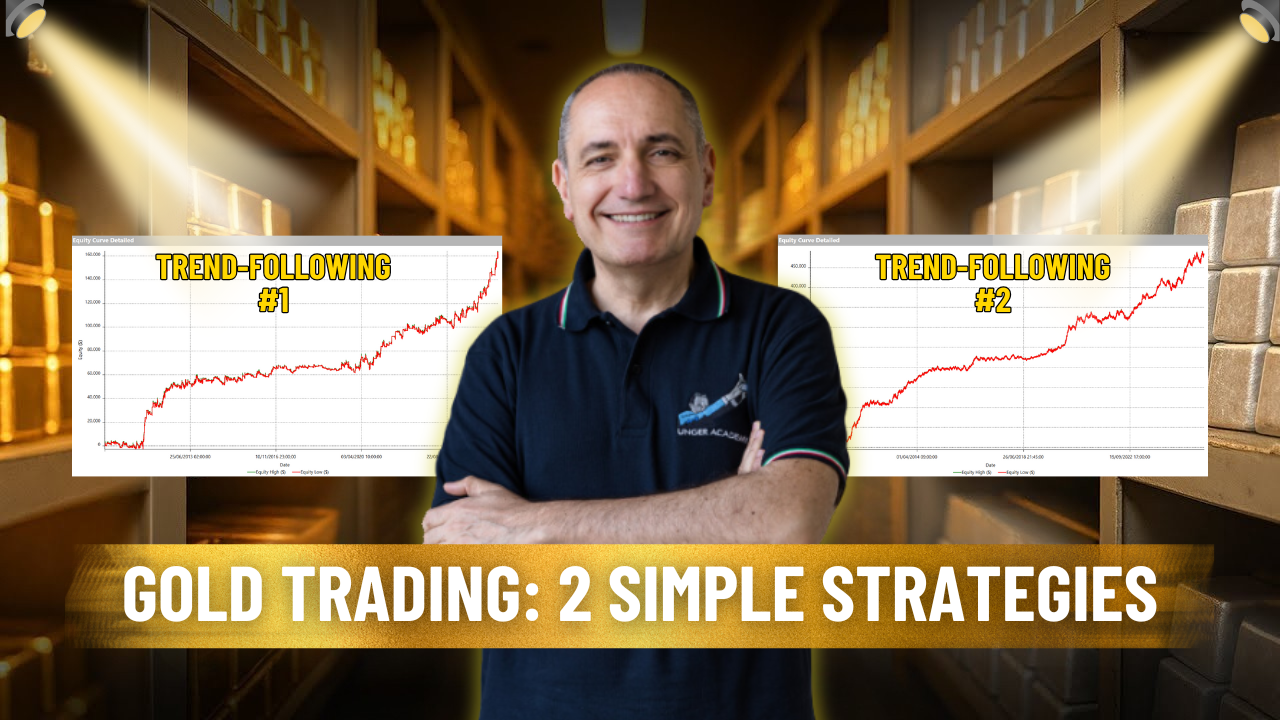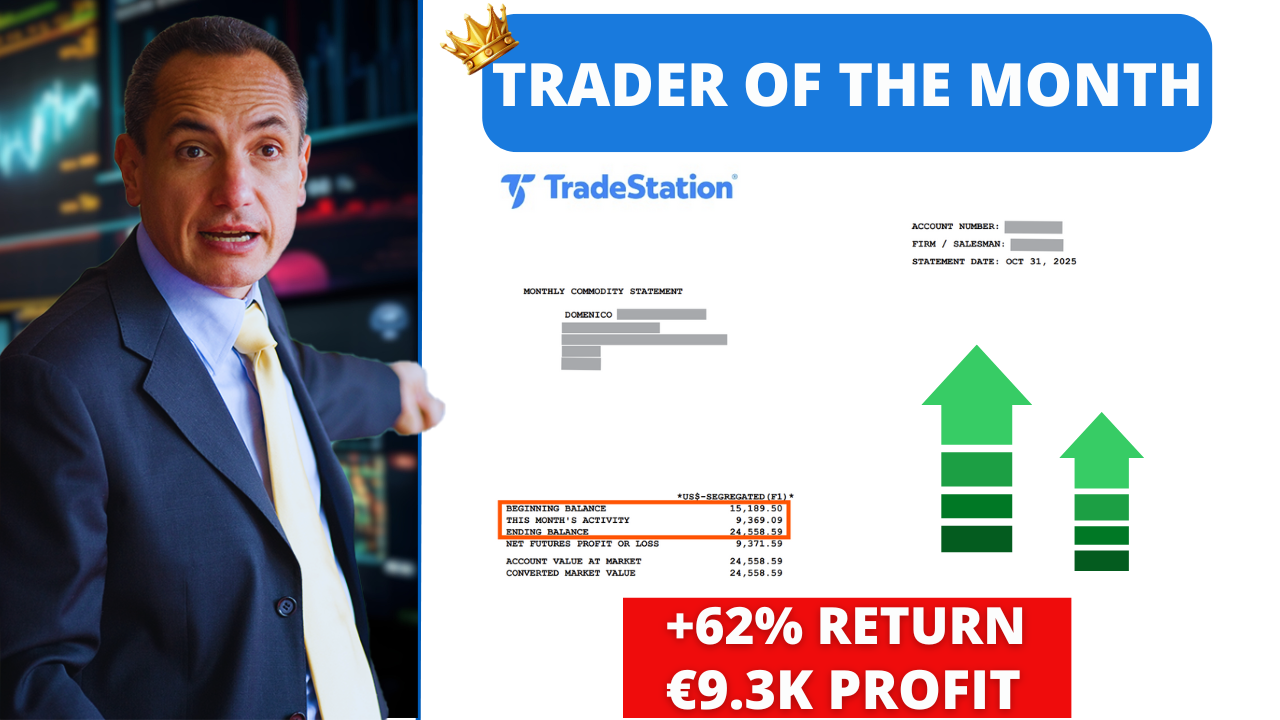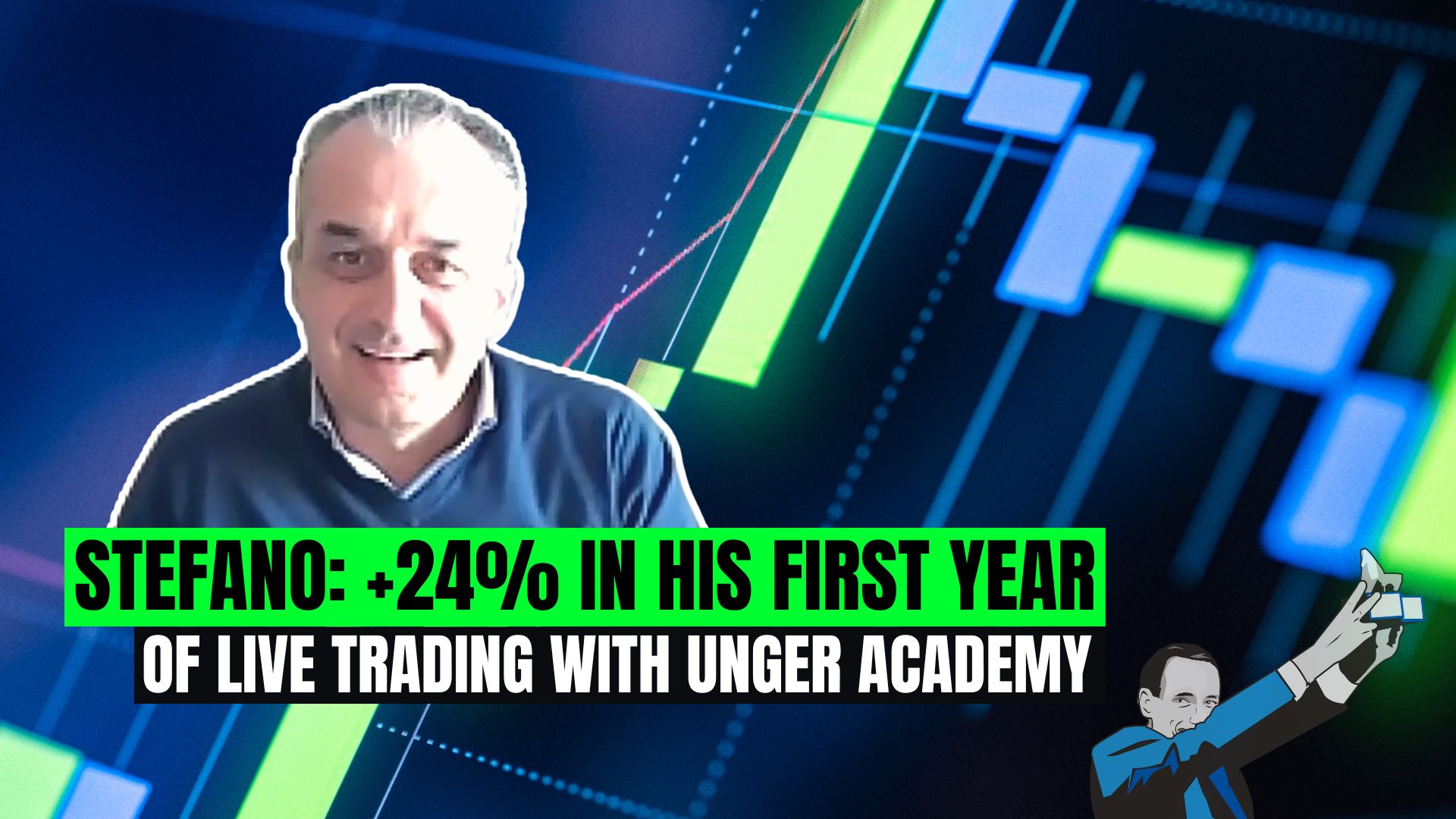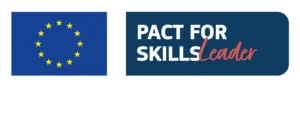Hi guys, hi from Andrea Unger! Today, I’d like to talk once more about technical analysis and how it evolved into a more “quantitative” approach that can be very useful in trading.
After taking part in three IFTA annual congresses (the most recent one took place in Kuala Lumpur, Malaysia) I had a confirmation of the direction that technical analysis has taken.
During the most recent conference, which, by the way, was really well organized, I saw many presentations of market studies featuring numbers.
Numbers are there to confirm the hypotheses we base our studies on. We need them to evaluate our ideas.
In the past, we used to read about theories. Such theories had “some numbers”, but not the ones we were actually interested in. Because the main questions we ask are: how much can I make using this approach? Does it really work and to what extent?
In the past, we would deal with head and shoulders, support and resistance, wedges, and any kind of setup that was fine. Certainly, learning how to read the charts helps a lot in trading. However, now most presentations come with numbers (which means if I see this, I try this, I got this).
This kind of presentation allows us to immediately understand if and how a strategy works in monetary terms, because we evaluate the results looking at money.
This is very useful. By doing so, we can immediately get how the results look like and whether they are good or not. If they are not good, we discard the strategy. If they are good, we should ask ourselves some question, such as: would we feel comfortable using it? Could we cope with the distribution of the results?
In these three annual conferences, I saw a lot of interesting presentations in which speakers produced numbers. This is really important, because it marks the transition from the classical chartist approach to a more quantitative approach. This means technical analysis is moving towards what I’ve been living in for years.
I’ve been trading and I’m trading using trading systems. As I’ve always said, they help me understand and measure what I’m doing.
I’m not saying that automated trading is the only way to make trading for a living possible, that would be obviously false, but it’s clearly a helpful way to do it, because you can always measure what you are doing.
As I often repeat, making decisions based on numbers is easier and safer than doing it resting on feelings. Adopting this approach, one can sort of cut emotions out. Of course, emotions will still be there, but if you test, measure and then follow up, you’ll have a clear set of numbers to base your decisions on, instead of having personal feelings or impressions.
Entries and exits are based on specific setups that are measured by numbers and not by lines on a chart. Lines can be fine, of course, but a quantitative analysis helps enormously in making the best decisions for you, for your own psychology and for your own way of trading.
Through high-value presentations, IFTA showed me one more time that this is the direction the analytics world is heading to.
There were people showing numbers in their analyses I would never think could do it. Not because I consider them stupid, but because I thought they used indicators and charts only. Of course, I’ve always admired them. However, now I discovered that they’ve always dealt with numbers and saw a part of what they were actually doing.
So, guys, if you want to do something in trading, you can adopt a systematic approach. Not because it’s the only way, but because it helps you make decisions.
I don’t think it’s the only way. I’ve always said that discretional trading can be fine, but I prefer systematic trading because I feel more comfortable with it and think it makes it easier to put the bricks together to build one’s own trading “kingdom”.
That’s it, see you next time with more technical content.
Ciao from Andrea Unger!
